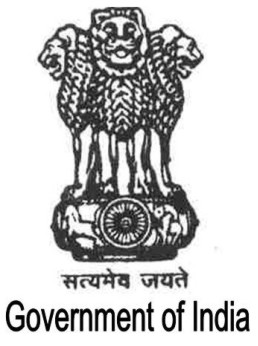Govt failing job skill test, private players march ahead
 For Lata Mahore, a 22-year-old village girl in Madhya Pradesh, it is an achievement beyond expectation — working for India’s leading consumer goods company Hindustan Unilever (HUL) and earning Rs 20,000 a month.
For Lata Mahore, a 22-year-old village girl in Madhya Pradesh, it is an achievement beyond expectation — working for India’s leading consumer goods company Hindustan Unilever (HUL) and earning Rs 20,000 a month.
“My father’s farm was behind NIIT’s district learning centre in Chhindwara (258 km south-west of Bhopal). I joined the one-year diploma course in 2007 and am now working as a systems officer at HUL’s Bangalore office,” said Lata on the telephone from Bangalore.
NIIT’s centre is an example of how the private sector can impart skills for jobs among those with limited opportunities. Of the total Rs 85 lakh (Rs 8.5 million) spent on setting up the centre, NIIT has contributed Rs 60 lakh (Rs 6 million).
While private players like NIIT are expanding their spheres of operation, the ones run by the government to impart vocational training are dying slowly. This is alarming both from the point of view of job creation as well as providing a skilled workforce to keep up the economic growth tempo.
Two km west of the policy-making hub in New Delhi is a state government-sponsored Society for Self Employment, which is in a decrepit state. Dingy corridors lead to the training centre.
While we were trying to make our way to the institute, after several queries we finally managed to find a person who directed us to the centre on the first floor. As the classrooms were closed, two persons who identified themselves as teachers claimed that students have gone out for on-the-job training.
“We offer courses like fashion designing and television and radio repair at highly subsidised fees,” one of them said. When asked about the poor infrastructure and the lack of job guarantee, she hesitantly said, “Government processes are bureaucratic, and it takes time for things to change.”
Around 3 per cent of around 12 million added to India’s workforce annually (457 million people already in the workforce, of which 90 per cent are in the informal sector) receive formal vocational training whereas in countries like the US, Europe, Japan and Korea the figure is 60-80 per cent
There are about 1,900 government-run industrial training institutes (ITIs), besides which there are another 4,000 privately run industrial training centres (ITCs).
The central government in the 2007 budget had announced a scheme to upgrade 1,396 ITIs to centres of excellence through public private partnership (PPP) and had allocated Rs 2.5 crore (Rs
25 million) for turning around each ITI. The National Council on Skill Development, headed by the Prime Minister, was set up last year to expedite skill development initiatives.
Around 600 ITIs have been upgraded so far. Industry body Federation of Indian Chambers of Commerce and Industry (FICCI) had planned to adopt 100 ITIs in the first year of the scheme but so far has adopted 26.“There is a lack of mission mode with different ministries looking after different skill development initiatives. The PPP scheme itself needs to be simplified and operational bureaucratic hurdles have to be done away with,” said Amit Mitra, secretary-general at FICCI.
“We are in talks with the district administrations to set up more centres at Azamgarh (in eastern Uttar Pradesh), Coimbatore (490 km south-west of Chennai) and Srinagar. Also, we have done pilot projects for organised retail and a car sales programme in Delhi and plan to introduce these soon,” said Neeraj Agarwal, project director (affirmative action), NIIT.
The Indian Institutes of Technology (IITs) and Indian Institutes of Management (IIMs), despite being government-run, are still some of the most coveted institutes for a career aspirant. There is no reason why the same government cannot raise the standards of industrial training institutes, with some effort and political will.